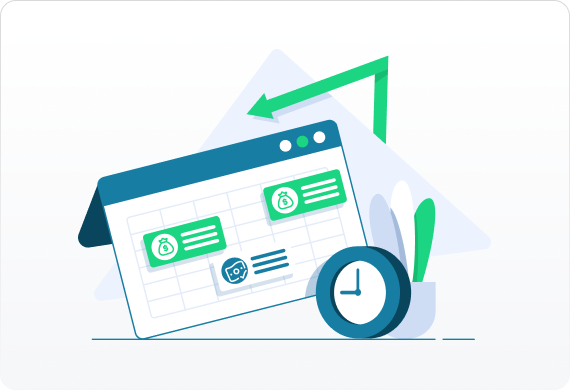Small business owners often start their business with a dream. The dream of filling an unmet need in the community, or growing into a national franchise, or they might want to launch a product that they think the world needs. Whatever your dream, at some point you will need capital, typically obtained in the form of a small business loan. When deciding whether or not to take out a loan, do not forget to look at its affordability.
If you have bad credit, you will not be approved for prime lending. Banks and traditional lenders will consider you to be too much of a risk. While you still have options, particularly through alternative lenders, these lenders will charge higher interest rates to offset their risk. The interest rate is, essentially, the profit the lender sees for letting you use their capital.
Charging a higher rate lets them recoup more of their money up front, in case you don’t repay the principal. This higher interest rate means that bad credit business loans will be more expensive to you, the borrower. Since the loan will cost you more, the question becomes, can you afford it?






